|
Last month we finished up our last few Stream Wise awards of the season. Two of these assessments were of exemplary, Stream Wise properties that resulted in an award sign being given! These properties were on Sandy Bay Brook and had substantial, forested vegetated buffers along the stream.
0 Comments
Concentrated flows of water can create ruts and other erosion problems on your property (just imagine a Vermont dirt road in the springtime!) All water runoff reaching the vegetated buffer should be dissipated into sheet flow and not concentrated to protect the buffer from erosion and maximize its efficacy. Meadow filter strips, vegetated swales, rain gardens, dry wells, infiltration trenches and basins, level spreaders, and other green infrastructure practices can be used to achieve this.
Direct water runoff from lawns, decks, patios, pathways, and other impervious or semi-impervious areas in the buffer to vegetated areas that can slow water down, hold it, and allow it to soak in slowly, thereby filtering water and preventing erosion and pollution from entering your stream! Green infrastructure practices such as vegetated swales, infiltration trenches, and rain gardens can be used to treat water runoff and protect our vital water resources. Not only are these practices functional but they can also add beauty and character to your property!
Stream access is important to enjoy the beauty and benefits, but wise access is even more important! Prevent erosion and gullies created by straight pathways down a slope - make pathways run across contour (e.g., switchback paths), divert water runoff with water bars, and make pathway material pervious. There are many ways to make pathways functional and beautiful!
We all love the scenic views that a streamside property can offer and trees can sometimes get in the way. However, there is no need to cut the trees down entirely! If necessary, practice selective cutting within the buffer, but no closer than 15’ to your stream. Instead of cutting trees for a view, ‘limb up’ and cut the bottom 1/3 of branches to open up view ‘windows’ and frame your beautiful view! Timber harvest only in dense stands of forest. Do not remove anything below 3’ to protect streambank stability and prevent land loss.
By now you must have heard that invasive species are bad news, but do you know why? Invasive plant species outcompete native species, create a monoculture that does not stabilize streambanks as well, and do not support wildlife. See info on individual invasive species for best removal tactics. The ‘island’ removal method is shown here, focusing removal efforts on the most dense areas, and then working outwards. Click here for a list of Vermont native plant species.
Quantity is not the only factor to consider in a healthy buffer. The quality of plants makes a difference! Plant trees, replacement trees/saplings, shrubs, and herbaceous perennials (flowers, grasses, ferns) to mimic natural plant communities and maximize diverse rooting systems and habitat niches. Prioritize regionally native plants - check out native plant resources and nearby undisturbed streamside plant communities for inspiration. Select local nurseries that grow natives themselves and are pesticide-free.
You may think that an overgrown streamside is "messy" or "clogging" the stream. In reality, natural vegetation near rivers and streams, including dead plant material, provides numerous benefits to water, wildlife, and flood resilience. Let your native buffer grow wild, especially within 15’ of your stream, but ideally within 50’ or more - no mowing, weed whacking, raking, or removing woody debris. Leave the ‘duff’ - leaves, twigs, and other organic matter on the ground - it soaks up water, prevents erosion of soil, and build soil organic matter to support nutrient cycling and plant health. What may look out of control to some is a rich habitat and ecosystem for many living things!
The vegetated buffer is the most important aspect of creating a healthy stream. The wider the natural vegetation along a stream or river, the better for water and wildlife. Ways you can do this are to stop mowing and let vegetation grow, plant native species, and mark off the area or fence plantings to protect from disturbance.
So you've learned about WHAT Stream Wise is and WHY you should have a vegetated buffer. Now we will talk about HOW you can be stream wise!
There are 8 main tips on how you can protect your stream; Widen your vegetated buffer, Do not disturb buffer vegetation, Plant diverse vegetation, Remove or contain invasive plant species, Maintain your view and timber resources, Minimize and plan pathways, Capture runoff in the buffer, and Convert channelized runoff into dispersed sheet flows. In upcoming posts we will discuss each Stream Wise tip with pictures and details so stay tuned! If you would like an in-person visit from a a member of the FWC to your stream please reach out to [email protected] or (802) 825-1243 You may be wondering why we are putting such an emphasis on a vegetated buffer. Doesn't it look "messy?" We are challenging you to reimagine that "messy" vegetation as beautiful, rich habitat for countless species. Healthy streams are home to diverse fish and wildlife, provide vital drinking water, create endless recreation and relaxation opportunities, protect us against floods, and bestow beauty upon us up and down our mountains and valleys. Streams and rivers are impacted by our various land uses that disturb the native vegetation along their shores and pollute the water, putting our water quality and ourselves at risk. Streams need naturally vegetated buffers to protect streambanks, water quality, and wildlife. The pictures below show a stream with no vegetated buffer and the same stream with one (photo generated). Let your stream buffer grow wild!
|
AboutStream Wise is a non-profit program funded by the Lake Champlain Basin Program to provide resources for landowners adjacent to streams and rivers in Vermont, New York, and Quebec to protect and restore stream health. Learn about how to be an effective stream steward to protect and restore the health of your stream! Sign up for a free evaluation today! Email [email protected] or call (802) 825-1243 Categories |
- Home
- What's New
-
Objectives
- Donate
- How You Can Help
-
Learn More
- Stream Wise
- In-Lake Aeration System
- NRPC Road Survey Notice 2021
- Resources for Out-of-Town Guests
- Lake Carmi and Watershed Resources
- Lake Carmi in the News
- Ask A Scientist
- Join our Mailing List
- Letter to Our Legislators
- Marsh Brook Report 2020
- Lake Carmi Watershed Phosphorus Study
- Agriculture
- Alum Feasibility Study
- BMP Project
- About

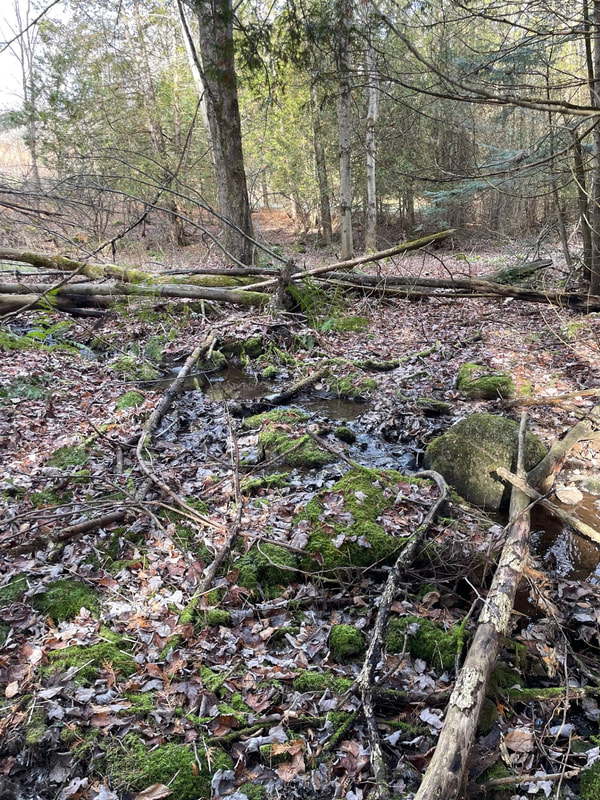
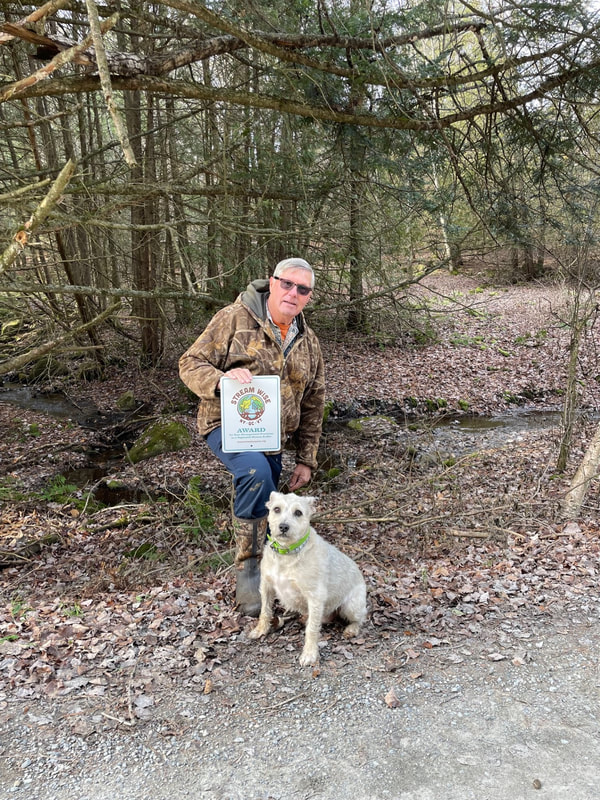
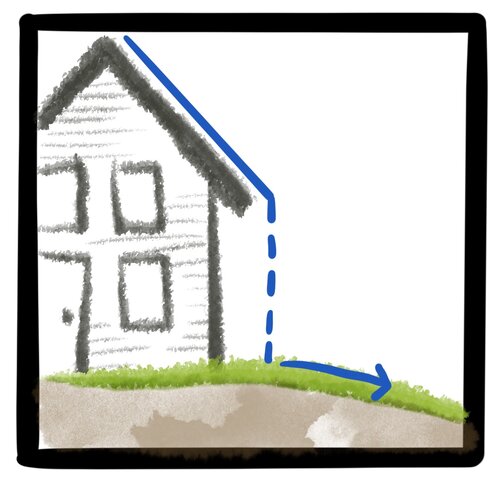
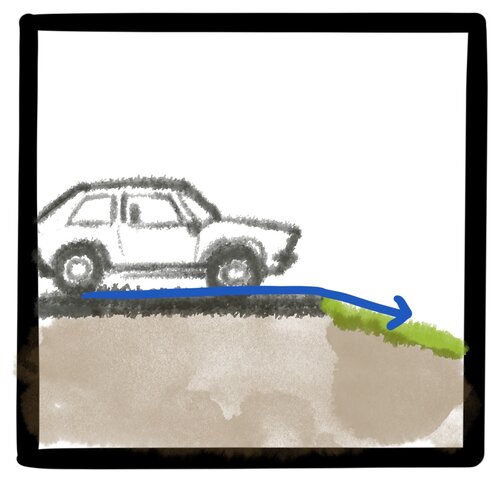
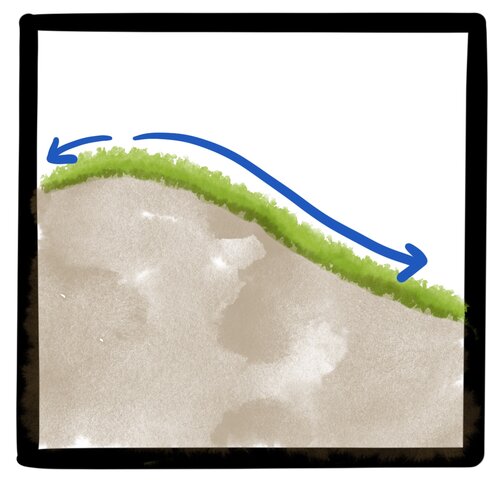
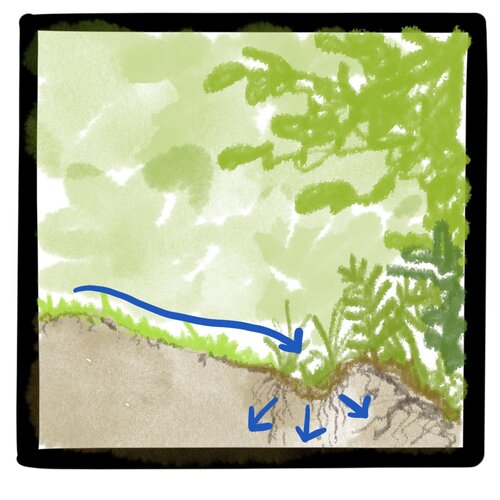
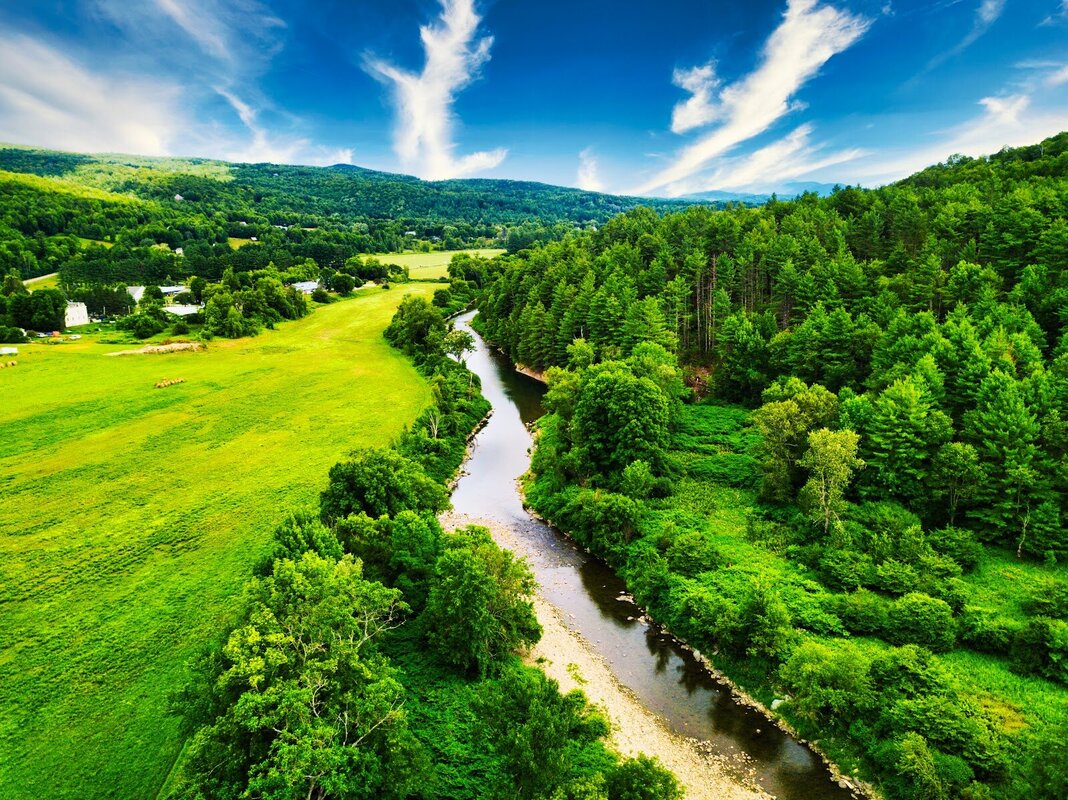
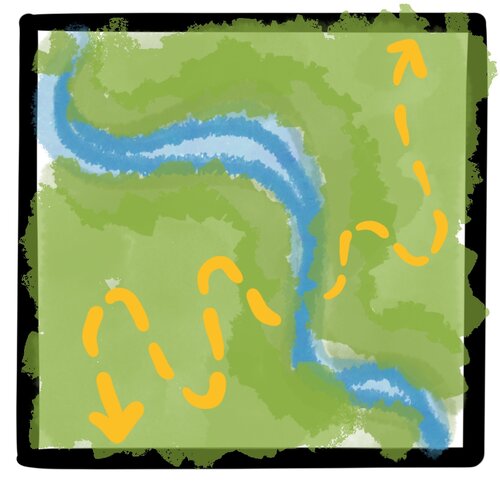
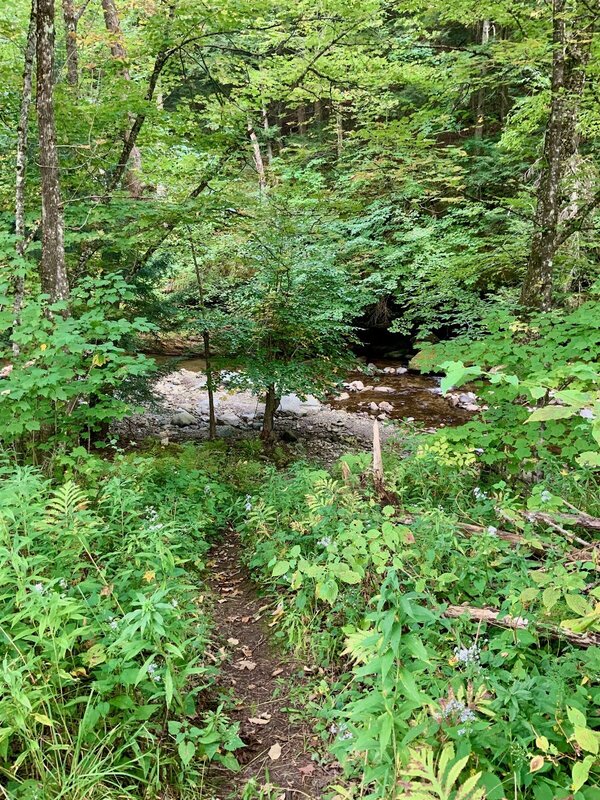
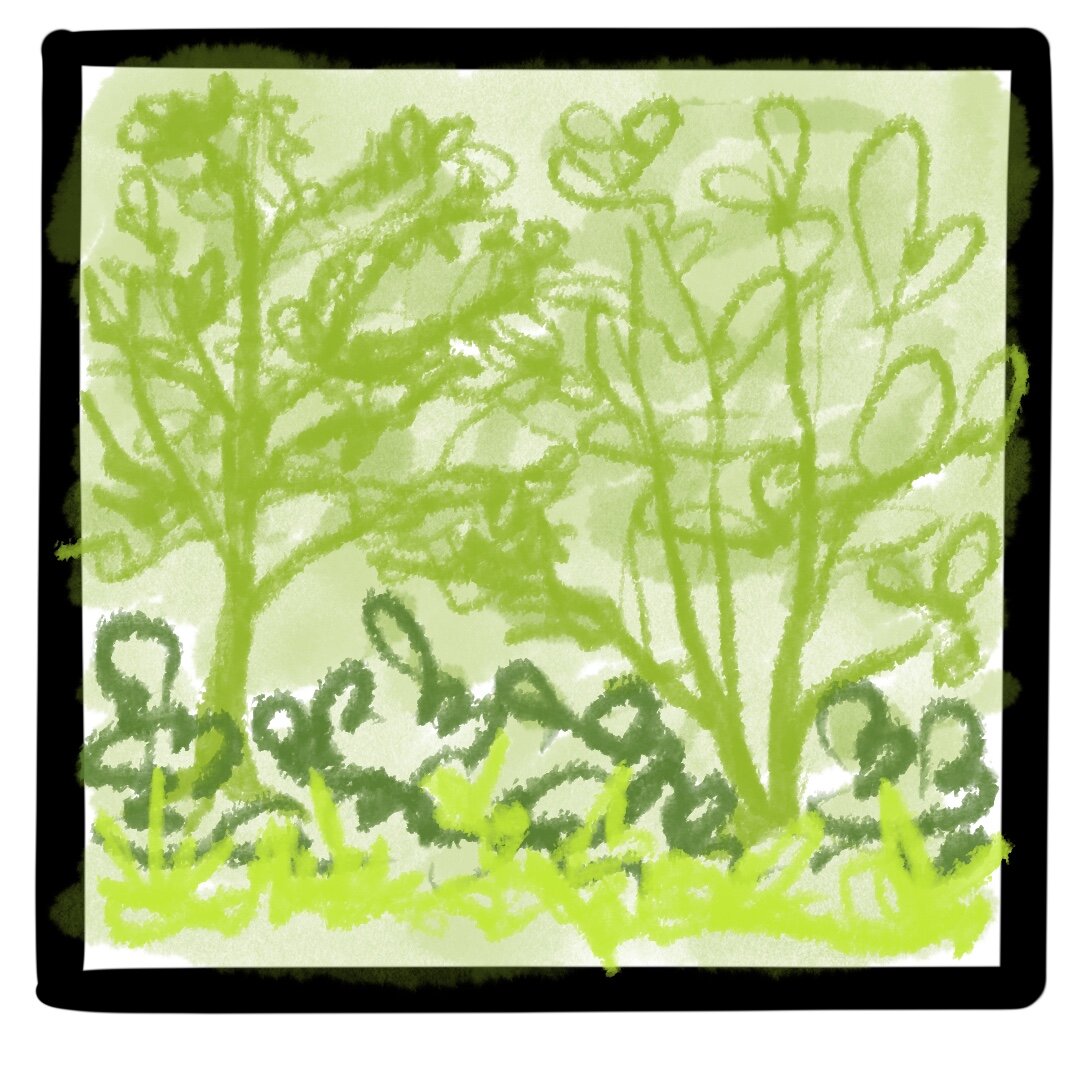
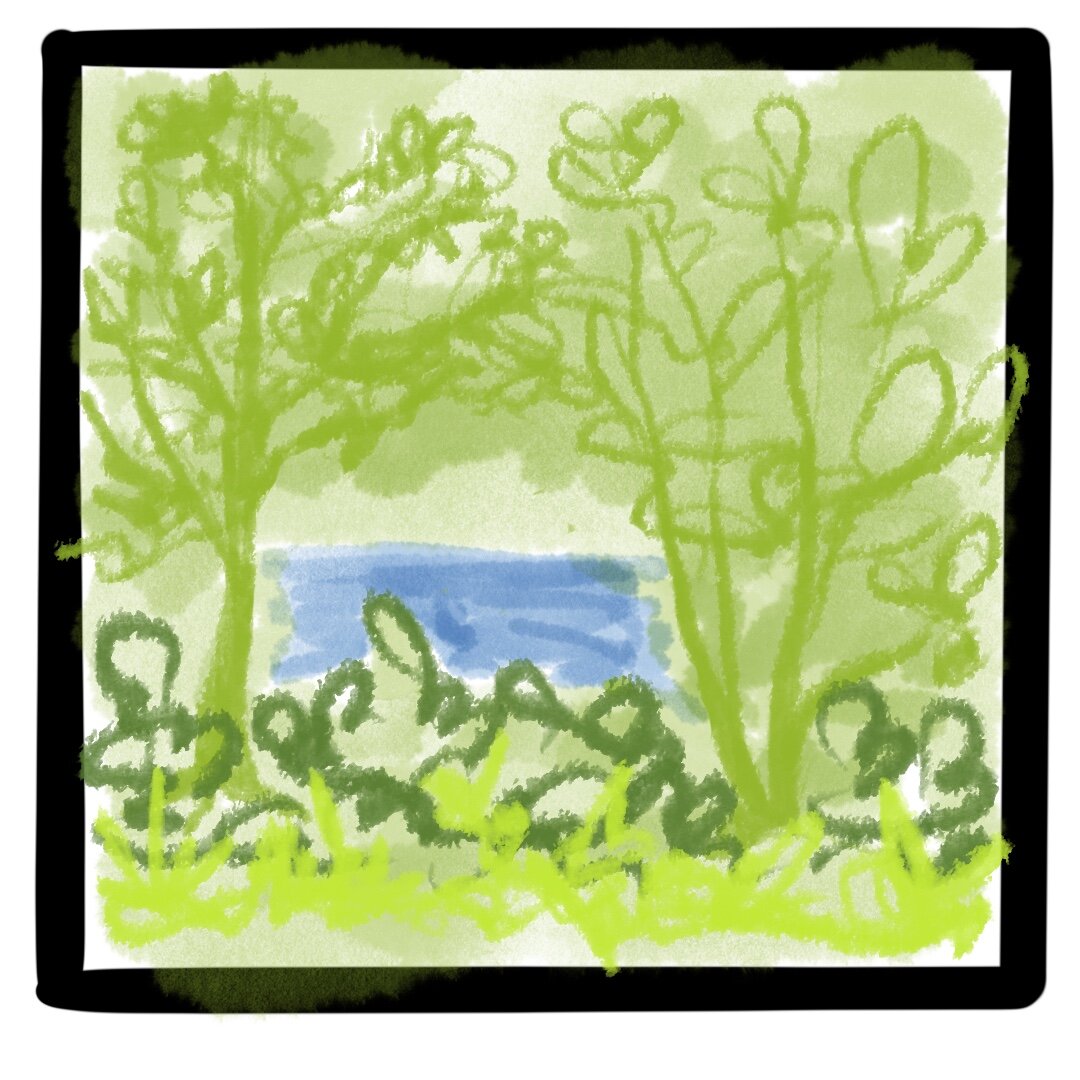
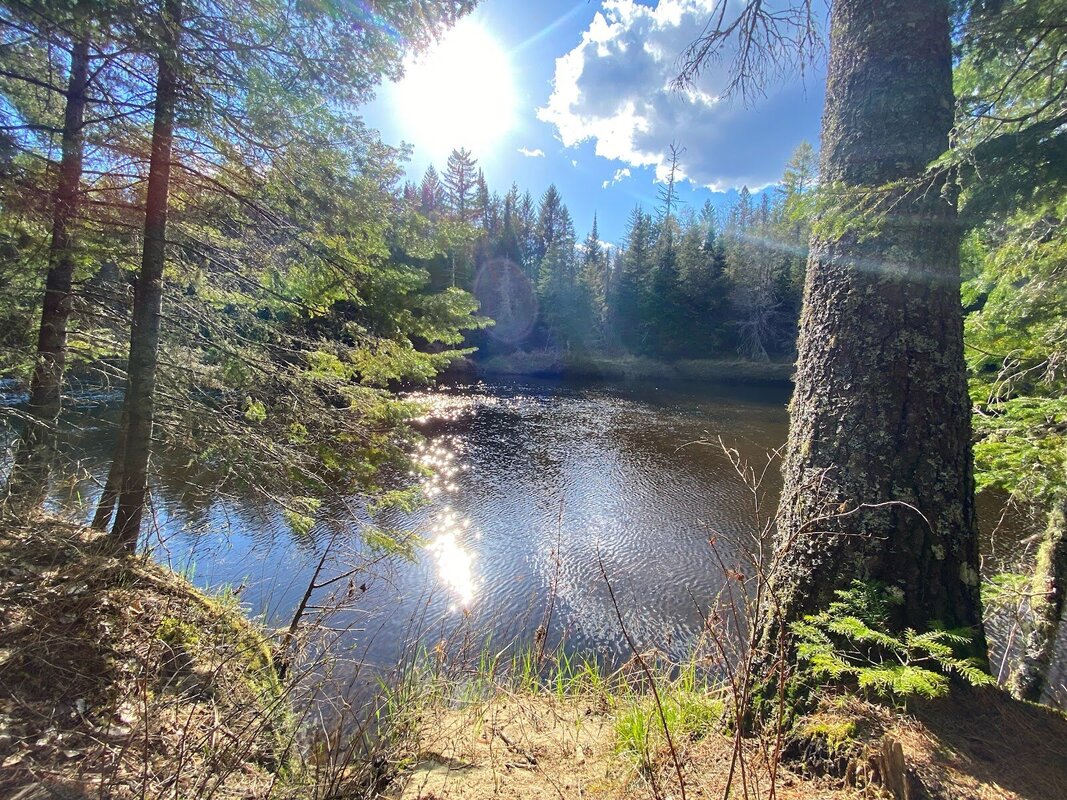
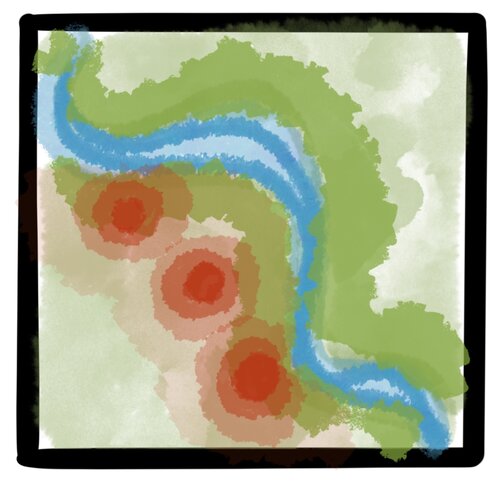
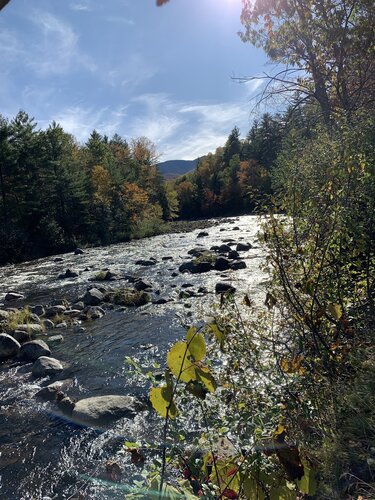
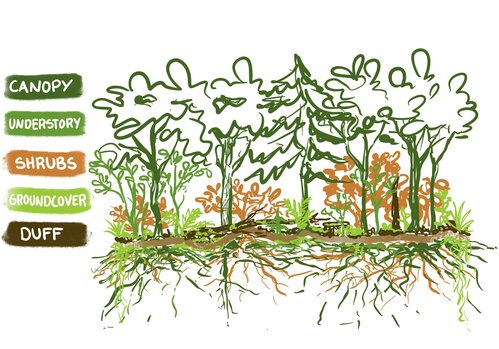
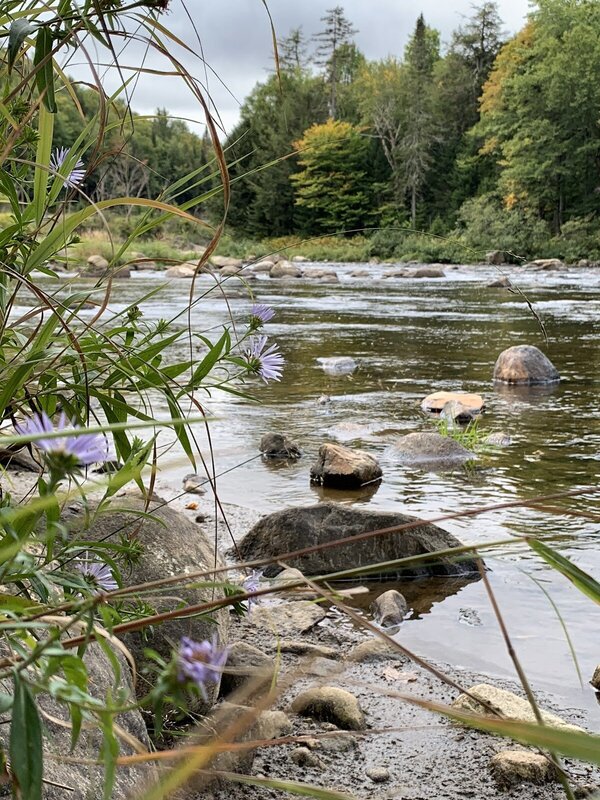
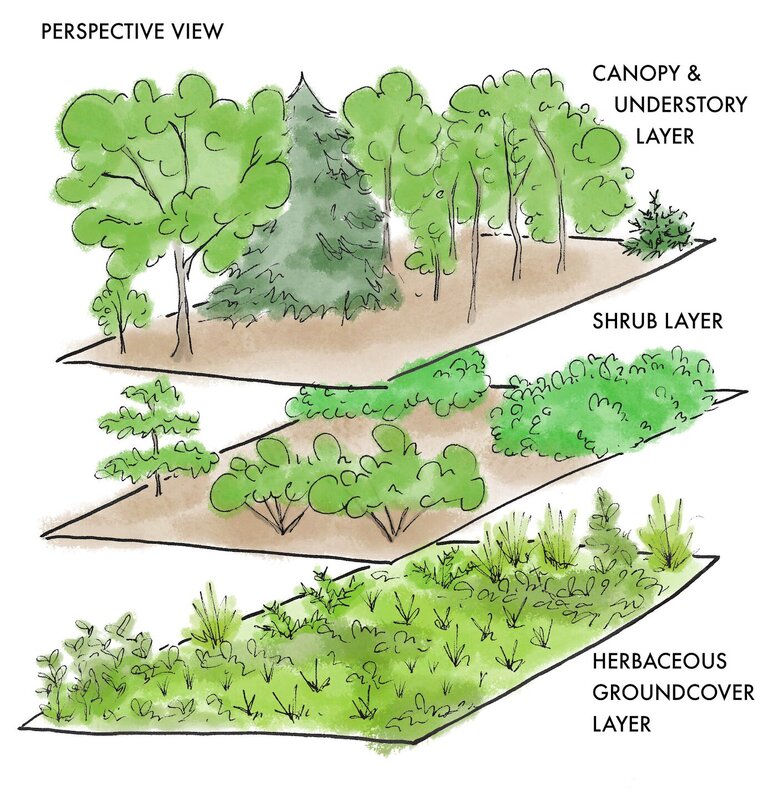
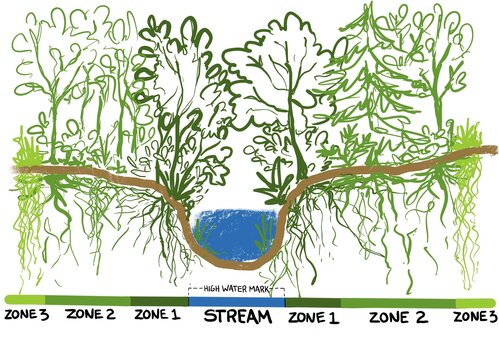
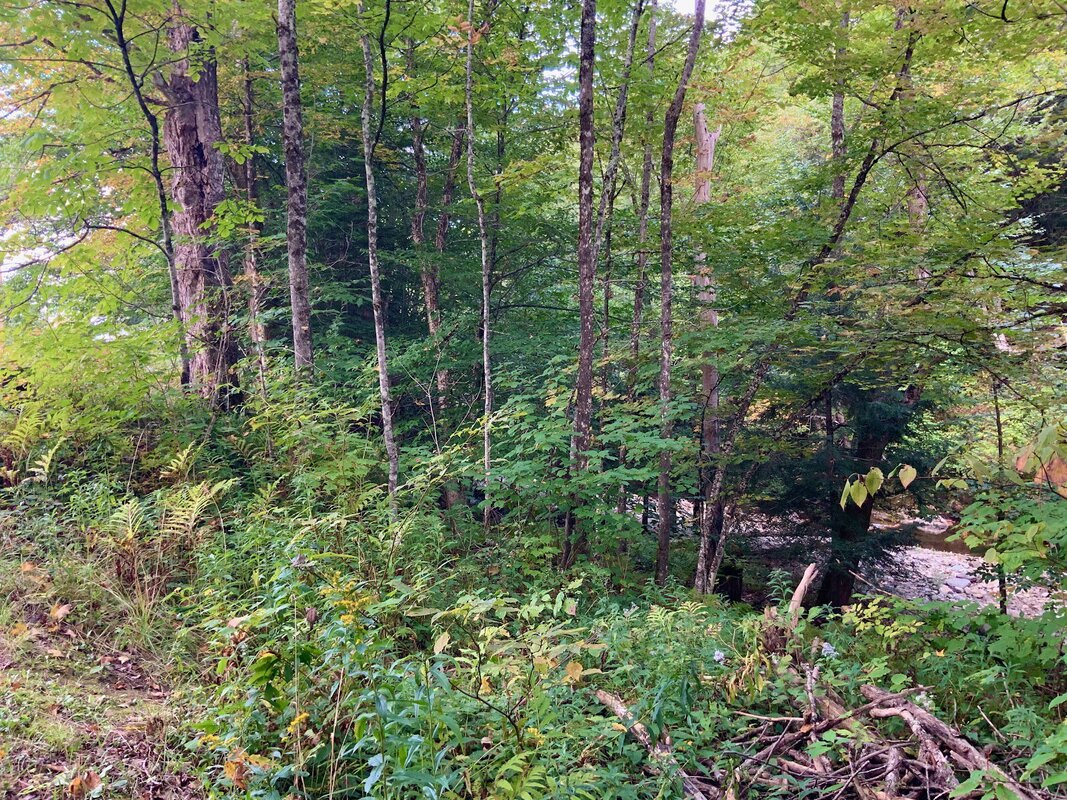
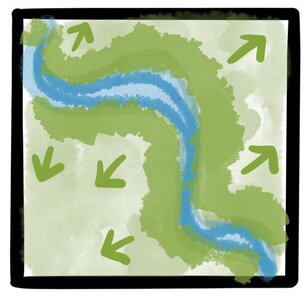
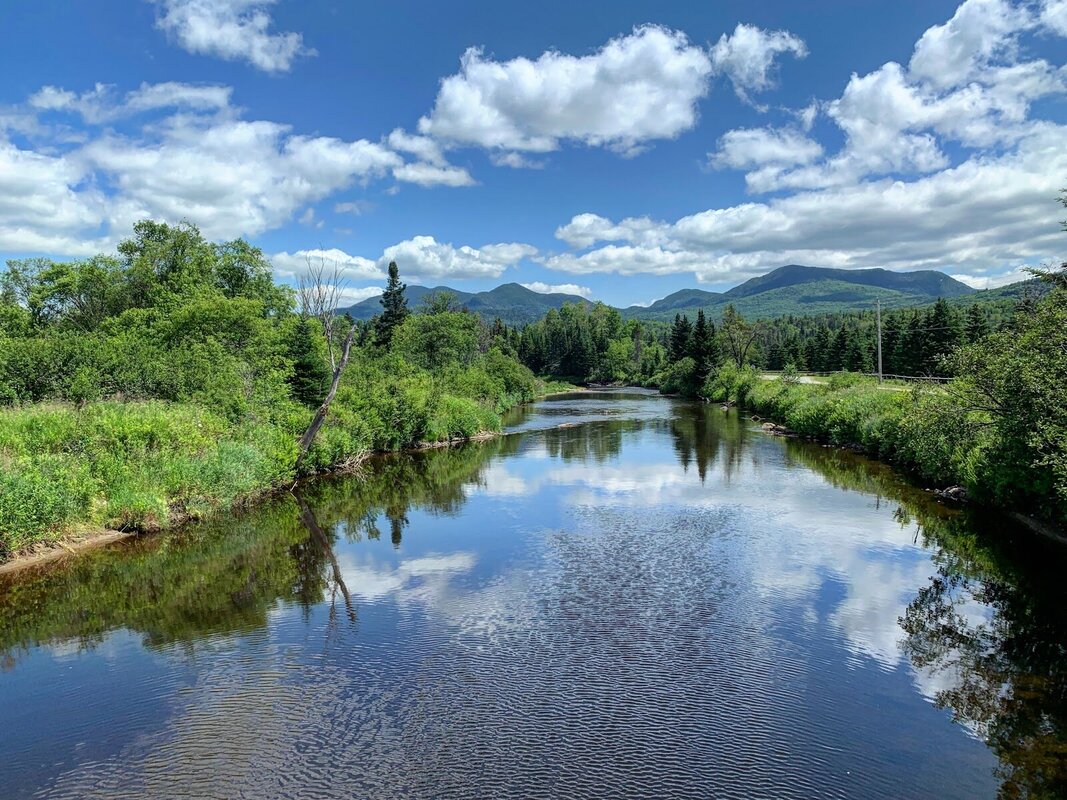
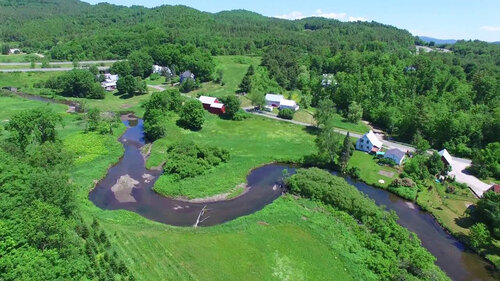
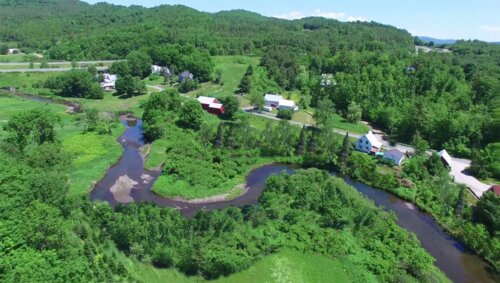
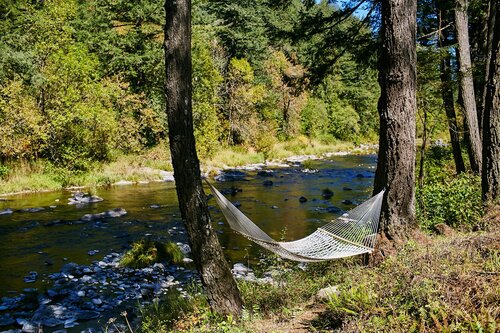
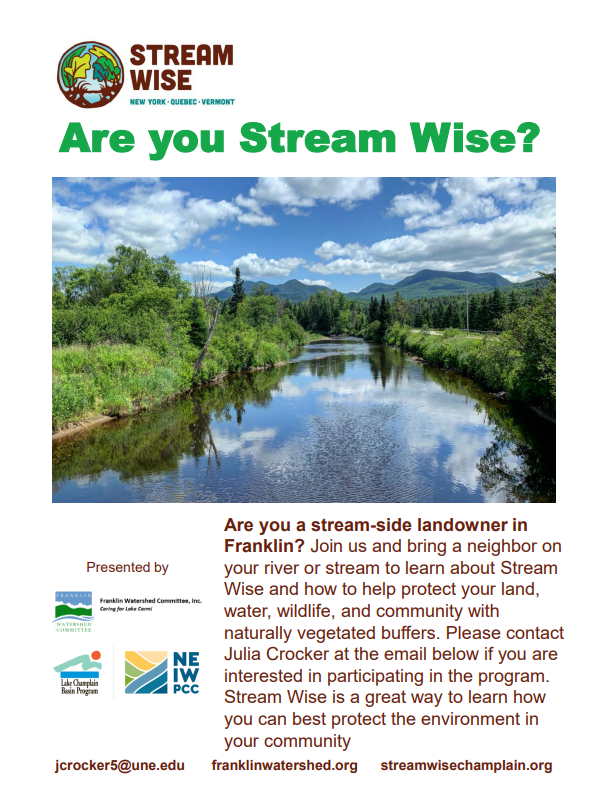
 RSS Feed
RSS Feed